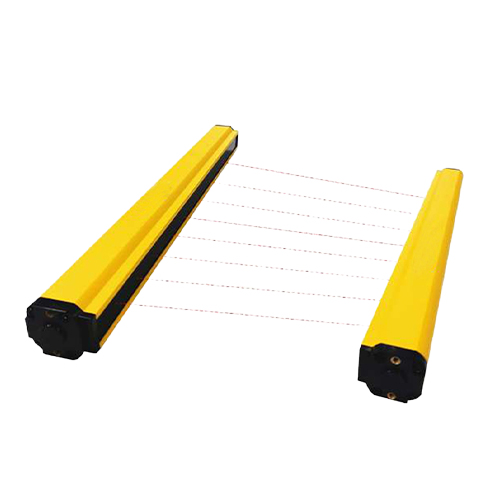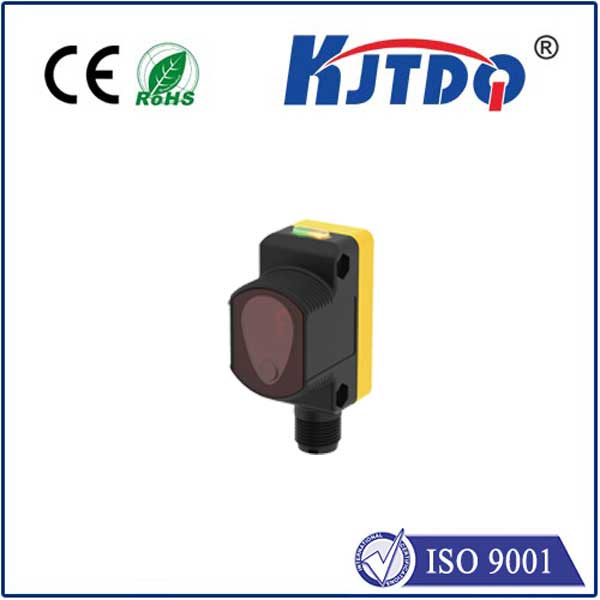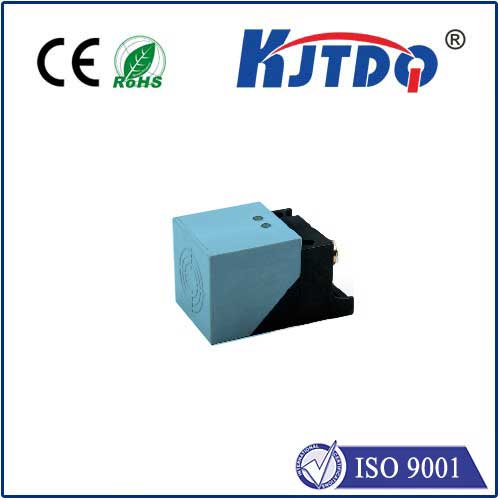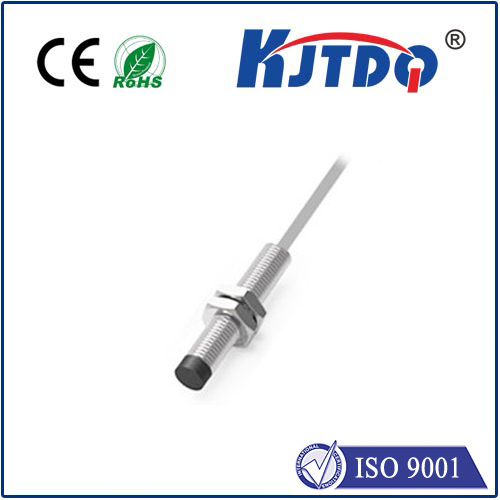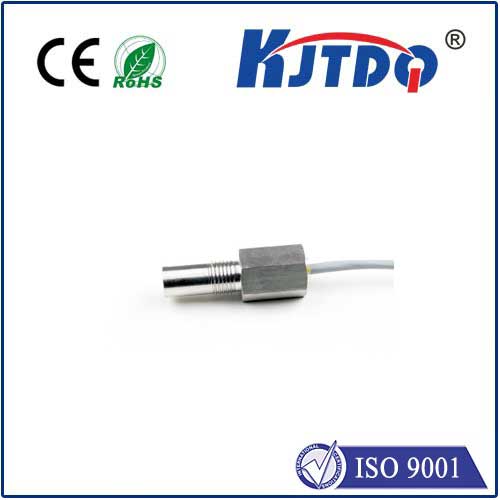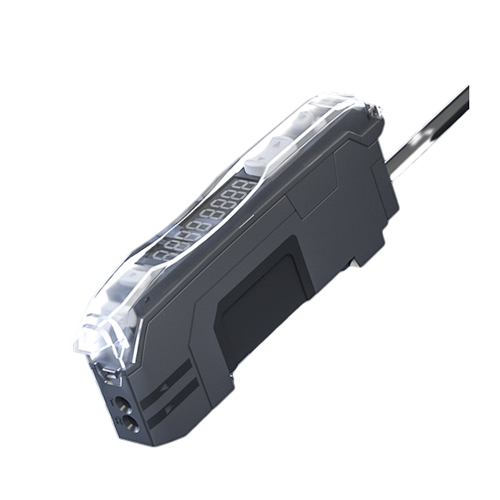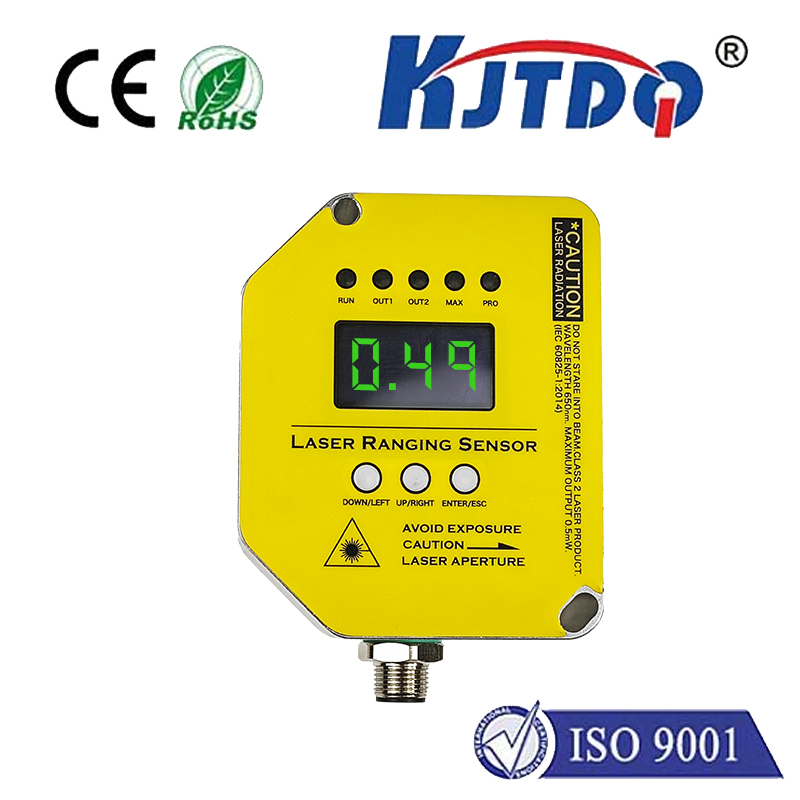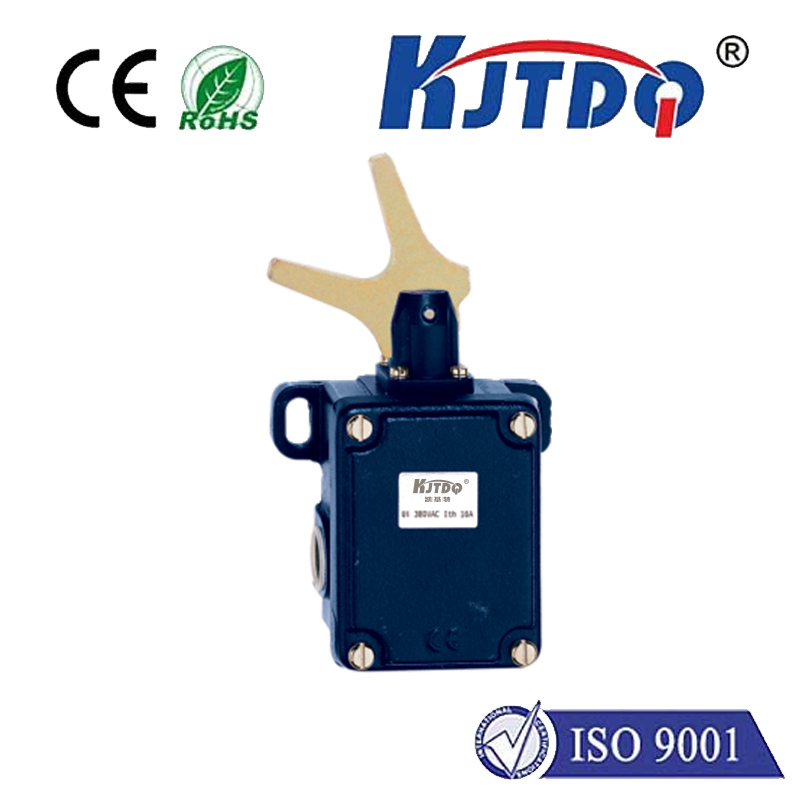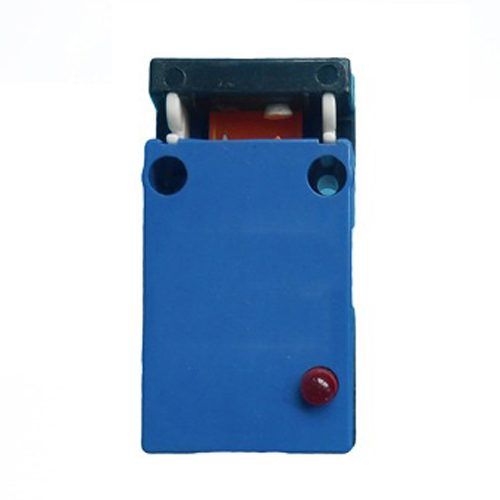room pressure sensor
- time:2025-08-19 11:01:03
- Click:0
Safeguarding Sensitive Environments: The Indispensable Role of Room Pressure Sensors
Have you ever noticed sealed doors whooshing open in a hospital corridor, or encountered restricted access signs outside laboratories? That subtle force you feel, or the invisible barrier implied, is often governed by a critical, unseen guardian: the room pressure sensor. This unassuming device plays a pivotal role in protecting lives, ensuring product quality, and maintaining the integrity of countless sensitive environments by meticulously monitoring and controlling air pressure differentials. Understanding how and why these sensors are deployed is key to appreciating their vital contribution to modern safety and operational protocols.
Why Pressure Control Matters: The Invisible Shield
Air naturally flows from areas of higher pressure to lower pressure. This fundamental principle becomes a powerful tool when deliberately managed. By carefully controlling the relative pressure between adjacent rooms or between a room and a corridor, facility managers can create invisible barriers that control the direction of airborne contaminants – be they infectious particles, chemical vapors, dust, or other pollutants.
- Negative Pressure Rooms: Essential in healthcare (isolation rooms for infectious diseases), laboratories handling hazardous materials, or facilities containing odor sources, these rooms are maintained at a pressure lower than surrounding areas. This negative pressure differential ensures that air flows into the room when a door is opened, preventing contaminated air from escaping into hallways or adjacent spaces. Room pressure sensors are the eyes constantly verifying this critical containment.
- Positive Pressure Rooms: Crucial for environments requiring ultra-clean air, such as operating rooms, pharmaceutical cleanrooms, semiconductor manufacturing, and protective environments for immunocompromised patients. Here, the room pressure is kept higher than surrounding areas. This positive pressure differential pushes clean air out through any openings or door cracks, actively preventing unfiltered or contaminated air from entering the protected space. Maintaining this pressure gradient is non-negotiable for sterility and product safety.
- Cascading Pressure Zones: Complex facilities often utilize sequences of rooms with progressively higher or lower pressures. For instance, a pharmaceutical cleanroom suite might have gowning rooms at a slightly lower pressure than the main cleanroom but higher than the corridor, creating a controlled cascade that prevents contamination ingress. Precise differential pressure monitoring at each transition point is essential for this strategy to work effectively.
How Room Pressure Sensors Work: Sensing the Subtle Difference
The core function of a room pressure sensor (often called a differential pressure sensor or pressure monitor in this context) is to measure the minute pressure difference between two points – typically one inside the room and one outside in a reference corridor or adjacent room. These differences can be incredibly small, often measured in Pascals (Pa) or inches of water column (in w.c.).

Modern sensors are highly sensitive and accurate. Common technologies include:
- Capacitive Sensors: Utilise a diaphragm that deflects under pressure changes, altering the capacitance between plates, which is converted into an electrical signal. Known for high accuracy and stability.
- Piezoresistive Sensors: Employ strain gauges bonded to a diaphragm; pressure changes cause strain, altering the electrical resistance of the gauges. Offer good sensitivity and linearity.
- Optical Sensors: Use light interference or deflection principles to detect minute diaphragm movements caused by pressure differences. Can offer high precision.
The sensor constantly compares the two pressure readings. This measured differential pressure signal is then transmitted to a building management system (BMS), a dedicated pressure monitoring system, or a local display/controller.
Beyond Measurement: Control and Alerting
A room pressure sensor isn’t just a passive observer; it’s the cornerstone of an active control system:
- Feedback for HVAC Systems: The sensor’s signal informs the HVAC (Heating, Ventilation, and Air Conditioning) system. If the pressure differential deviates from the setpoint (e.g., door left open, filter clogged, fan failure), the system can automatically adjust damper positions or fan speeds to restore the required pressure balance.
- Visual and Audible Alarms: Local displays on or near the sensor, often incorporating traffic light indicators (green = within range, yellow = warning, red = alarm), provide immediate status to personnel. Critical deviations trigger audible alarms and send alerts to facility management systems. Instant notification of pressure loss is vital for containment breaches.
- Data Logging: Modern sensors and monitoring systems record pressure data over time. This pressure trend logging is invaluable for troubleshooting issues, verifying performance during validation protocols (common in regulated industries like pharma), and demonstrating regulatory compliance (e.g., ASHRAE 170 for healthcare, ISO 14644 for cleanrooms).
Choosing and Maintaining Effective Pressure Monitoring
Selecting the right room pressure sensor involves several considerations:
- Range and Sensitivity: Must be capable of accurately measuring the expected differential pressure range for the application (e.g., 0-250 Pa is common for rooms).
- Accuracy: Critical for ensuring reliable containment or protection.
- Output Signal: Compatibility with existing BMS or control systems (e.g., 0-10V, 4-20mA, Modbus, BACnet).
- Enclosure Rating: Needs to be suitable for the environment (e.g., washdown-rated for cleanrooms, robust for mechanical rooms).
- Display and Controls: On-device readability and potential for local calibration or setpoint adjustment.
- Calibration: Regular sensor calibration is paramount to maintain accuracy over time. This involves comparing the sensor’s reading against a known standard and adjusting if necessary. Drift can lead to unsafe conditions going undetected.
Applications: Where Room Pressure Sensors are Mission-Critical
The importance of differential pressure monitoring extends across numerous sectors:
- Healthcare Facilities: Isolation rooms, operating theatres, pharmacies, laboratories, bone marrow transplant units. Preventing cross-contamination is a matter of life and death.
- Pharmaceutical & Biotechnology: Cleanrooms for drug manufacturing, filling lines, sterility testing labs, animal research facilities. Essential for product quality and regulatory compliance (GMP).
- Microelectronics & Semiconductor Manufacturing: Cleanrooms preventing microscopic dust contamination of sensitive components.
- Research Laboratories: Containment labs (BSL-2, BSL-3, BSL-4), animal holding areas, fume hood monitoring. Protects researchers and the environment.
- Food & Beverage Production: Packaging areas requiring controlled environments to prevent contamination.
- Museums & Archives: Protecting sensitive artifacts from particulate ingress or humidity fluctuations influenced by air movement.
Conclusion: An Essential Sentinel
While often hidden from view, the room pressure sensor is a fundamental component in safeguarding environments where air quality and directional airflow are paramount. By providing accurate, real-time differential pressure monitoring, these sensors enable automated HVAC control, trigger vital alarms, and ensure the integrity of critical pressure gradients. From protecting vulnerable patients and researchers to guaranteeing the sterility of life-saving medications and sensitive electronics, robust pressure monitoring systems, built around reliable sensors, are indispensable. Investing in the correct selection, installation, and meticulous regular sensor calibration of these devices is not just an operational requirement; it’s an investment in safety, quality, and peace of mind.












